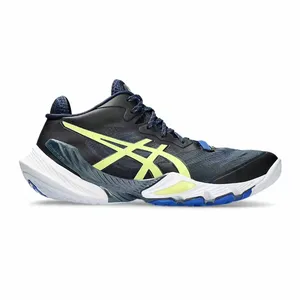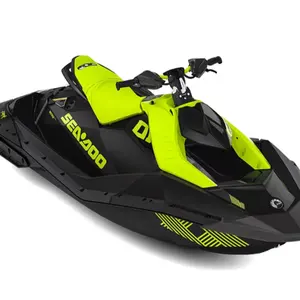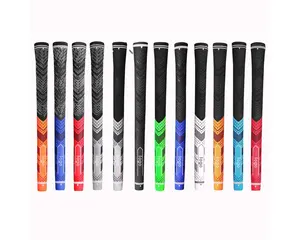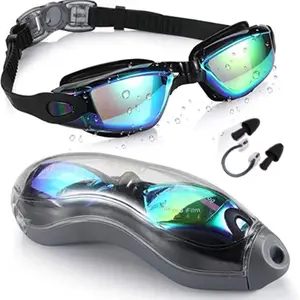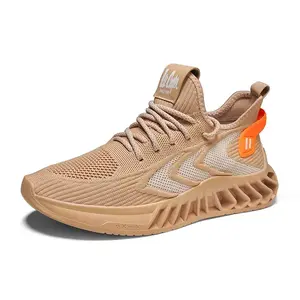Popular in your industry






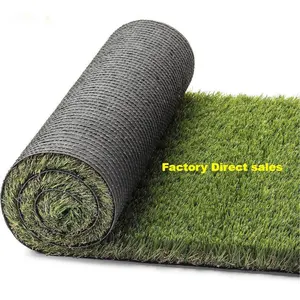






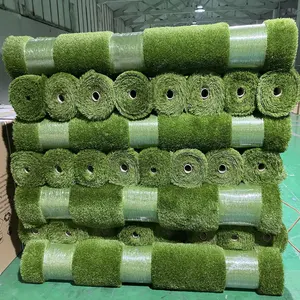










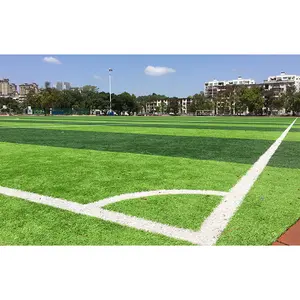

















































































































































































































Top categories
About turf infill
Understanding Turf Infill: An Essential Component for Synthetic Surfaces
Turf infill is a critical element in the construction and maintenance of artificial playing surfaces. It provides necessary support, ensures proper drainage, and contributes to the overall performance characteristics of synthetic turf systems. This introduction delves into the various aspects of turf infill, offering insights into its types, applications, and material composition.
Types and Applications of Turf Infill
The selection of artificial grass infill is influenced by its intended use. For sports fields, infill such as synthetic turf sand or envirofill is engineered to enhance traction and shock absorption, reducing the risk of injuries for athletes. Conversely, artificial lawn sand is often chosen for landscaping purposes due to its aesthetic appeal and low maintenance requirements. Each type of infill serves a specific function, whether it's for a high-traffic sports complex or a decorative artificial lawn.
Features and Advantages of High-Performance Infill
Infill materials like silica sand for artificial turf and specialized rubber compounds are designed to replicate the feel and performance of natural soil. Key features include optimal bounce capacity, consistent vertical deformation, and superior impact absorption. These characteristics ensure a stable and responsive playing surface. The advantages of using quality infill extend to durability, with materials such as synthetic grass infill offering excellent UV resistance and weather-proof properties, ensuring longevity and consistent playability.
Material Insights: Composition of Turf Infill
The composition of turf infill varies, ranging from natural sand for artificial grass to recycled rubber products. Each material is selected for its unique properties, such as the ability to resist compaction, facilitate drainage, and maintain the structural integrity of the turf blades. Innovations in material science have led to the development of artificial turf silica sand, which is specifically processed to serve as an effective infill solution.
Environmental and Safety Considerations
Environmental sustainability and player safety are paramount when selecting turf infill. Products like fake grass infill are often made from eco-friendly materials that are non-toxic and safe for both players and the environment. Additionally, advancements in infill technology have resulted in products that significantly reduce heat development on the surface, contributing to a safer and more comfortable playing environment.
Choosing the Right Infill for Your Needs
Selecting the appropriate turf infill is essential for the success of any synthetic turf installation. Factors such as the type of usage, climate, and maintenance capabilities should guide the decision-making process. While Alibaba.com does not endorse specific products, the platform offers a diverse range of infill options to meet the varied needs of sports facilities and landscaping projects. By understanding the distinct properties and benefits of each infill type, buyers can make informed decisions to enhance the performance and longevity of their artificial turf installations.
